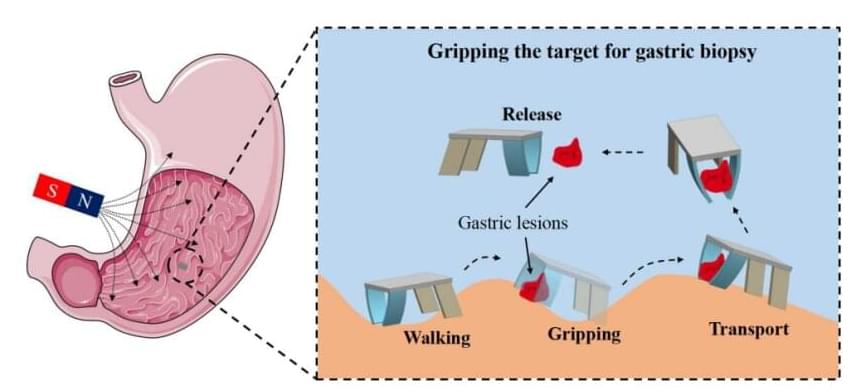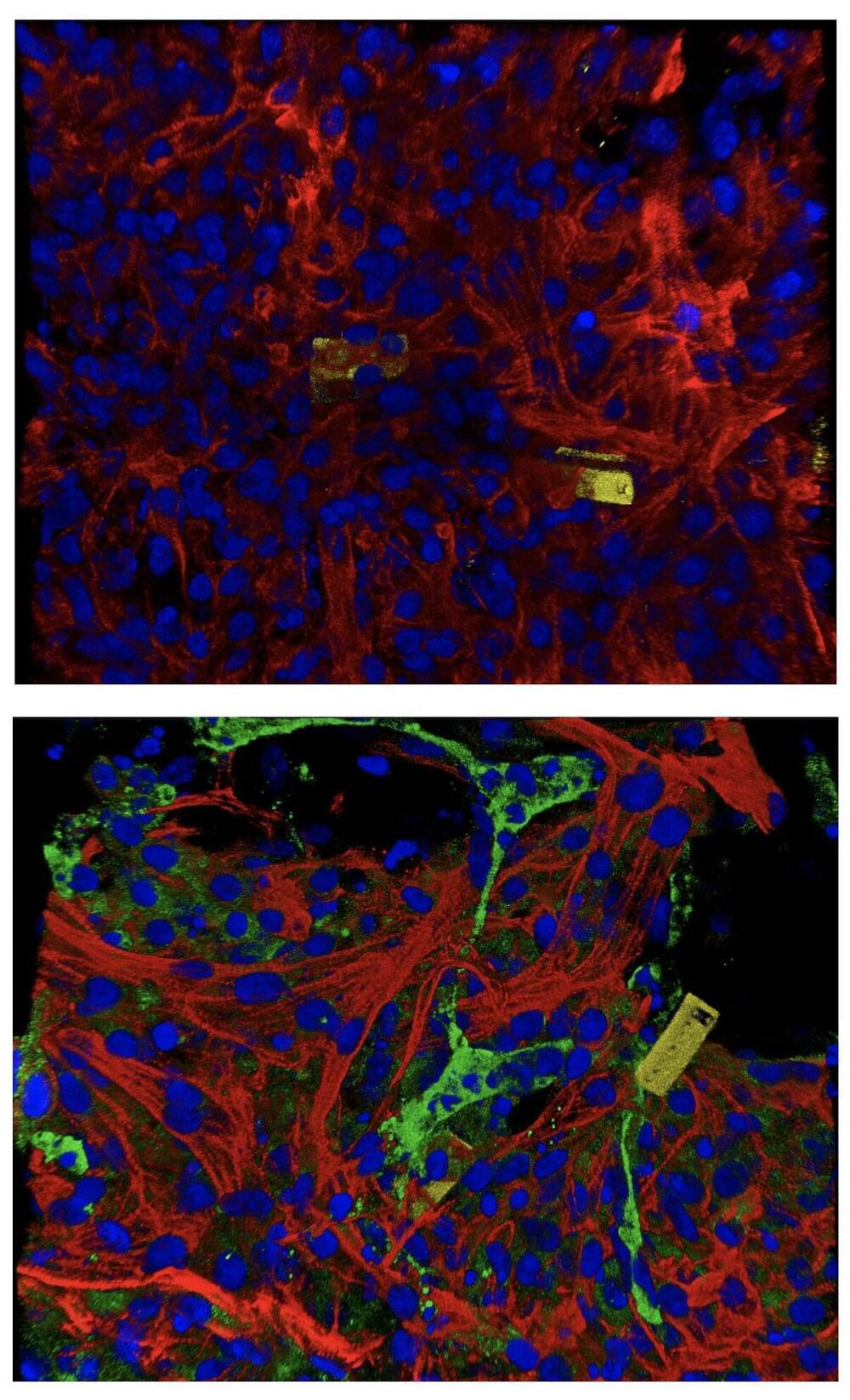A new study has taken ‘biotechnology’ to a whole new level. Researchers have developed a gel that facilitates electrode growth in zebrafish and medicinal leech tissues.
Researchers from Linköping, Lund and Gothenburg universities (all Sweden) have developed a gel that becomes electrically conductive when injected into tissue, relying on molecules found in the body to trigger conductivity. This could lead to the development of further human–machine integrations that can help us understand complex biological functions and fight disease.
Previously, combining bioelectronics with living organisms’ signaling systems has been difficult and often relied on external signals, such as light or electrical energy. The current study’s bioelectronic gel bypasses these issues by being flexible and soft enough to interact with tissues while remaining sturdy enough to be injectable; additionally, the gel requires no external signals to become electrically conductive. Instead, the body’s endogenous molecular signals are enough for activation.







